Description
FOXBORO FDC280 RH101FQ Field Device Controller – High-availability control for smart field devices
The FOXBORO FDC280 RH101FQ is a Field Device Controller designed for Foxboro distributed control systems, typically used to connect and orchestrate smart instruments on the plant floor while maintaining deterministic, fault-tolerant control. One thing I appreciate is how it streamlines integration of FOUNDATION Fieldbus H1 devices (and, in many cases, HART/standard AI/DI signals through companion FBM modules) into the Foxboro architecture without complicating cabinet layouts. The RH order code generally indicates a redundant-capable variant, which many maintenance teams prefer for continuous process units.
Order Placement Process and Guarantees
- Warranty period: 365 days
- Delivery: 1 week if in stock; no more than one month at the latest
- Payment: 50% advance payment; full payment before delivery
- Express options: FedEx, UPS, DHL
- Pre-shipment test and inspection: function and appearance check before packing
Key Features
- Deterministic device control – Coordinates smart transmitters and actuators with stable scan times for continuous processes.
- High-availability design – RH variant typically supports redundant operation, so switchover is seamless during controller or network events.
- Smart fieldbus integration – Works with FOUNDATION Fieldbus H1 segments; HART and conventional I/O are integrated via Foxboro FBM modules.
- Tight DCS integration – Engineered for Foxboro systems, reducing configuration effort and keeping historical trends, diagnostics, and alarms consistent.
- Lifecycle-friendly – Appears to be compatible with common Foxboro migration paths, helping extend installed asset life without a rip-and-replace.
- Cabinet-efficient footprint – Practical for dense panels; typically mounted in system cabinets alongside FBM baseplates and fieldbus power conditioners.
Technical Specifications
| Brand / Model | FOXBORO FDC280 RH101FQ (Field Device Controller) |
| HS Code | 8537.10 (Boards, panels, consoles for electric control, not exceeding 1000 V) |
| Power Requirements | 24 VDC nominal (typically 18–30 VDC), sized for controller + segment power accessories |
| Operating Temperature | 0 to +60 °C typical for cabinet-mounted industrial electronics; non-condensing humidity |
| Signal Input/Output Types | Smart device buses (FOUNDATION Fieldbus H1); conventional AI/DI/DO via Foxboro FBM2xx modules; HART via suitable FBMs |
| Communication Interfaces | Foxboro DCS network interface; FF H1 segments via couplers and fieldbus power conditioners; redundancy support on RH variant |
| Installation Method | Cabinet-mounted within Foxboro system enclosures; paired with baseplates/segment couplers; grounded DIN-rail for accessories |
| Dimensions & Weight | Compact controller module form factor; typical weight around 0.8 kg (reference build dependent) |
Application Fields
From my experience, the FDC280 RH101FQ fits best in continuous and batch process units where fieldbus devices are prevalent:
- Oil & Gas: well pads, gathering systems, separators, produced water treatment, tank farms
- Chemicals & Petrochem: reactor temperature/pressure loops, utility headers, blending skids
- Power & Utilities: boiler and balance-of-plant skids, water-steam cycle instrumentation
- Water & Wastewater: filtration trains, chemical dosing, pumping stations
- Pharma and Food: sanitary process skids using smart transmitters and positioners
A maintenance lead at a Gulf Coast site summed it up well: “Switchover during a controller swap was barely noticeable on the loop trends—exactly what we needed for a unit that can’t stop.”
Advantages & Value for Procurement
- Reliability – Redundant-capable architecture reduces process upsets; diagnostics help catch issues early.
- Compatibility – Integrates natively with Foxboro DCS strategies and historian/alarm management, avoiding third-party gateway complexity.
- Lifecycle cost – Consolidates device communications, typically cutting cabinet space and wiring versus distributed gateways.
- Scalability – Easy to add segments/modules as the unit grows, which saves time on expansions and turnarounds.
- Support – Availability of spares and field-replaceable modules keeps MTTR low; documentation and firmware utilities are mature.
Installation & Maintenance
- Cabinet environment – Install in a clean, ventilated control cabinet; maintain ambient 0–60 °C and non-condensing humidity. Provide adequate airflow around the controller and segment power conditioners.
- Power & grounding – Use a stable 24 VDC supply with proper surge protection. Bond shields at a single point; keep FF H1 segment shields continuous.
- Wiring practices – For FF H1, use twisted, shielded fieldbus cable; respect spur length and segment current limits recommended by Foxboro/FF guidelines.
- Network redundancy – Where supported, configure redundant controller paths to minimize single points of failure.
- Routine tasks – Periodically back up controller configuration, review device diagnostics, clean ventilation filters, and apply validated firmware updates during maintenance windows.
- Calibration – Smart instruments on H1/HART can be calibrated and diagnosed digitally; schedule trims based on process criticality rather than fixed intervals.
Quality & Certifications
- Conformity: CE
- Safety: cULus (build dependent)
- Environmental: RoHS (where applicable)
- Quality system: Manufacturer certified to ISO standards
- Warranty: 365 days from shipment
Recommended Companion Items
To complete a robust fieldbus segment, you might consider: FOUNDATION Fieldbus H1 power conditioners and couplers, Foxboro FBM2xx I/O modules for non-fieldbus signals, redundant 24 VDC power supplies with buffering, and pre-terminated baseplates to simplify commissioning. You might notice that pairing the FDC with well-sized segment power reduces intermittent device dropouts in noisy areas.


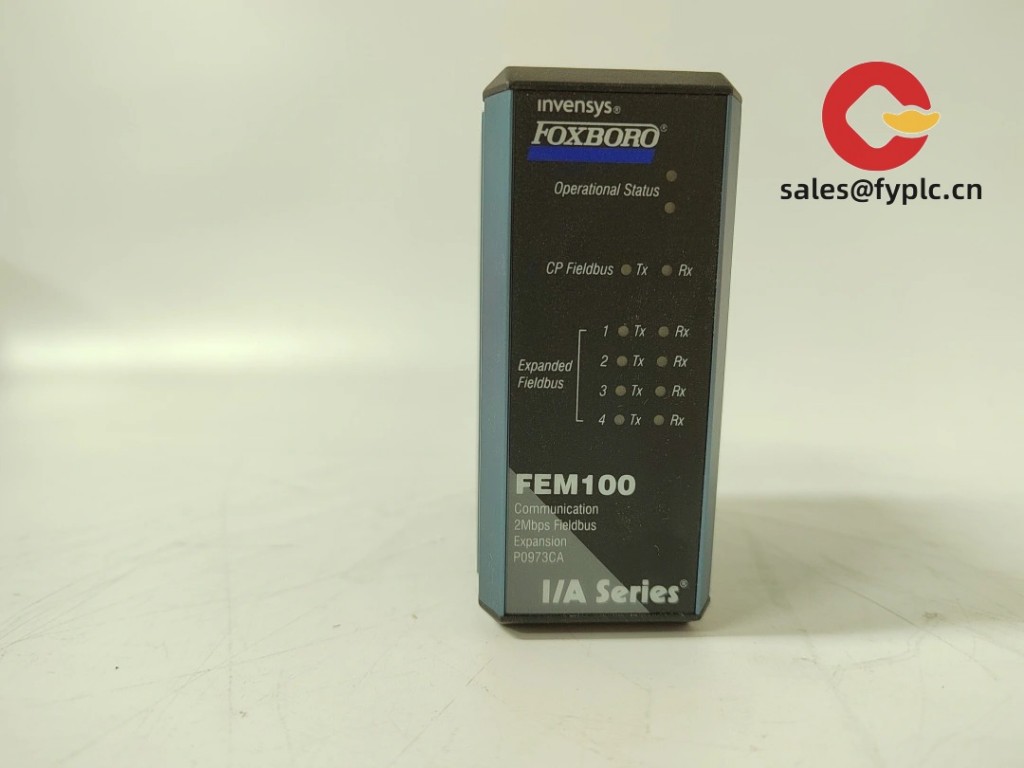

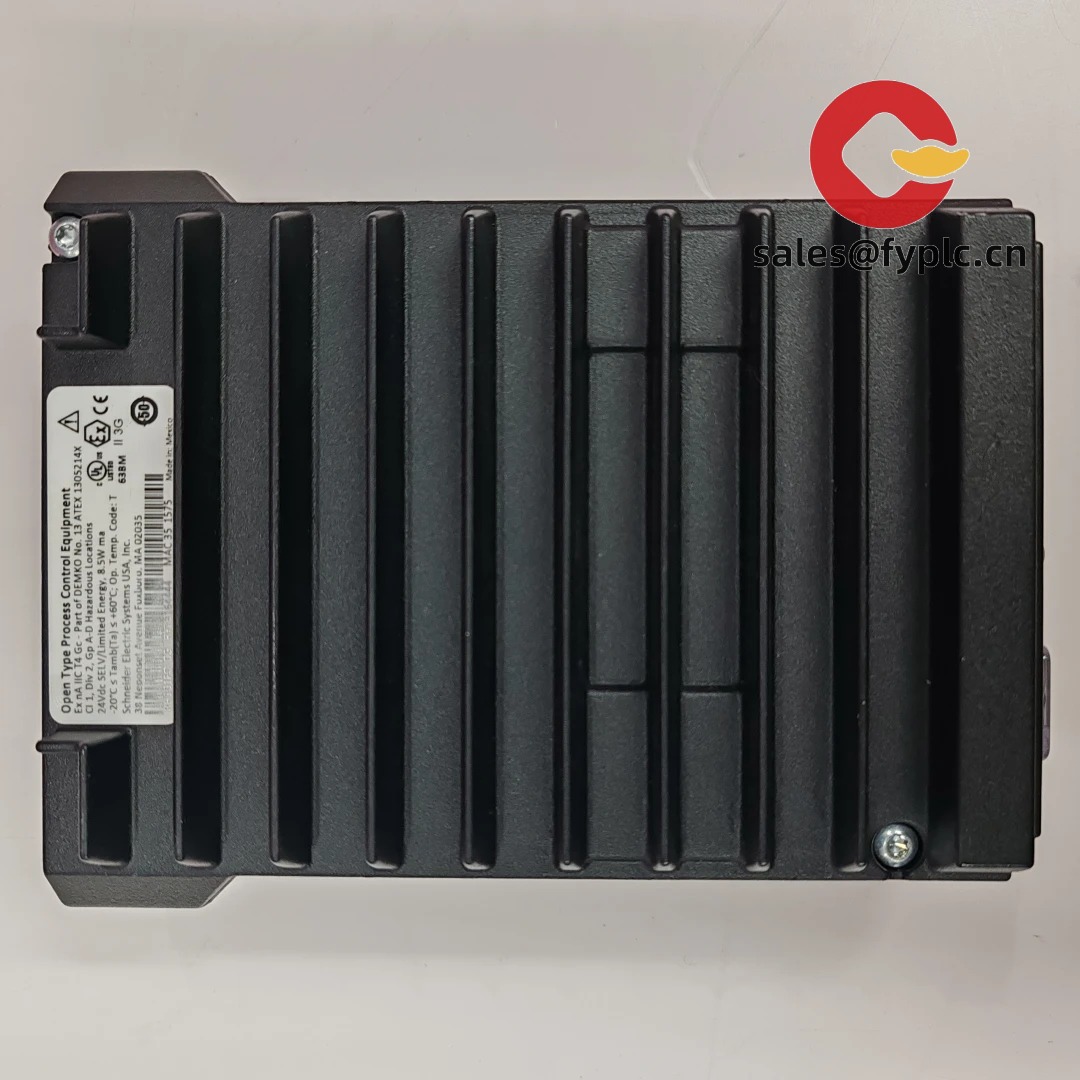



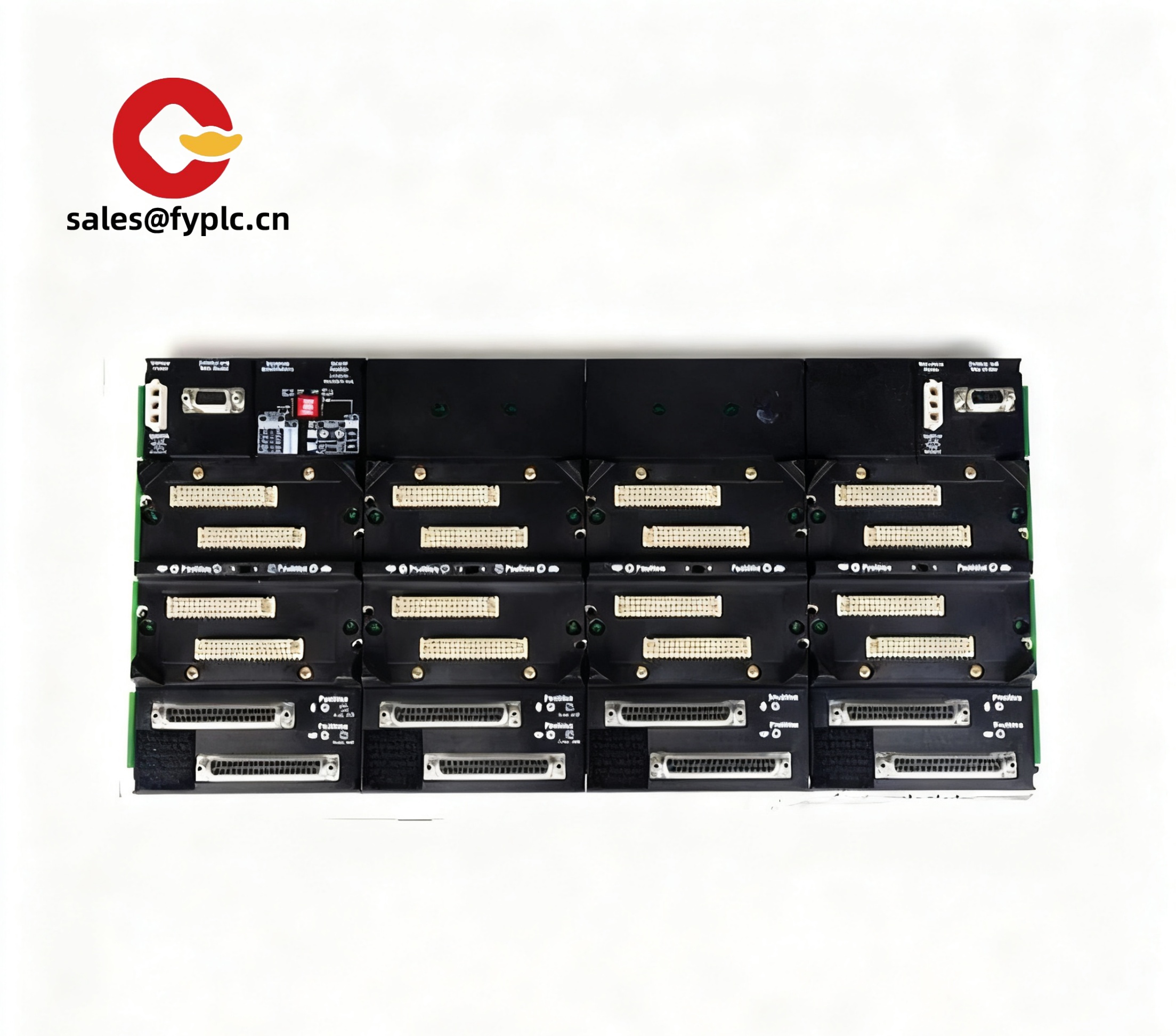
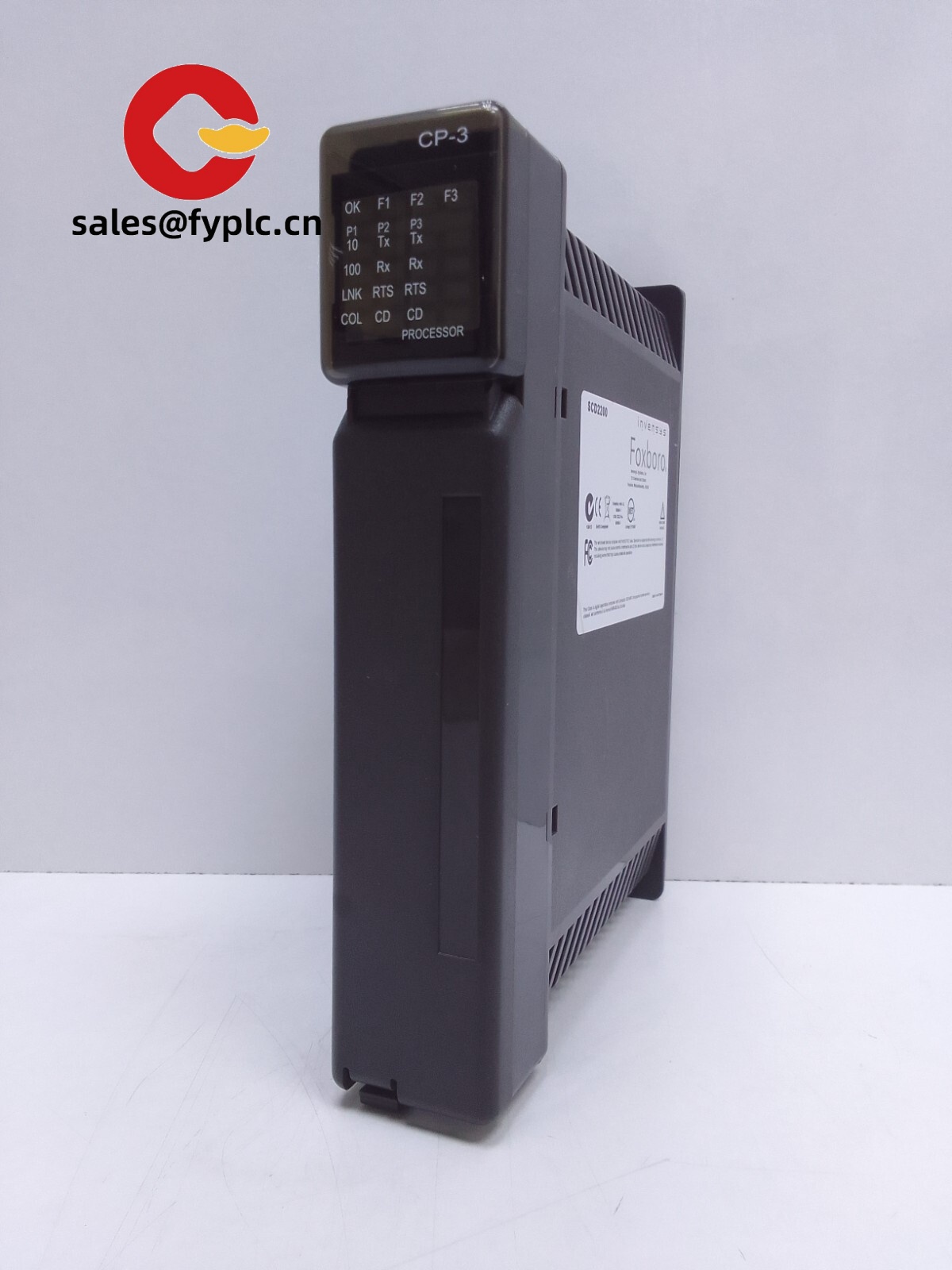
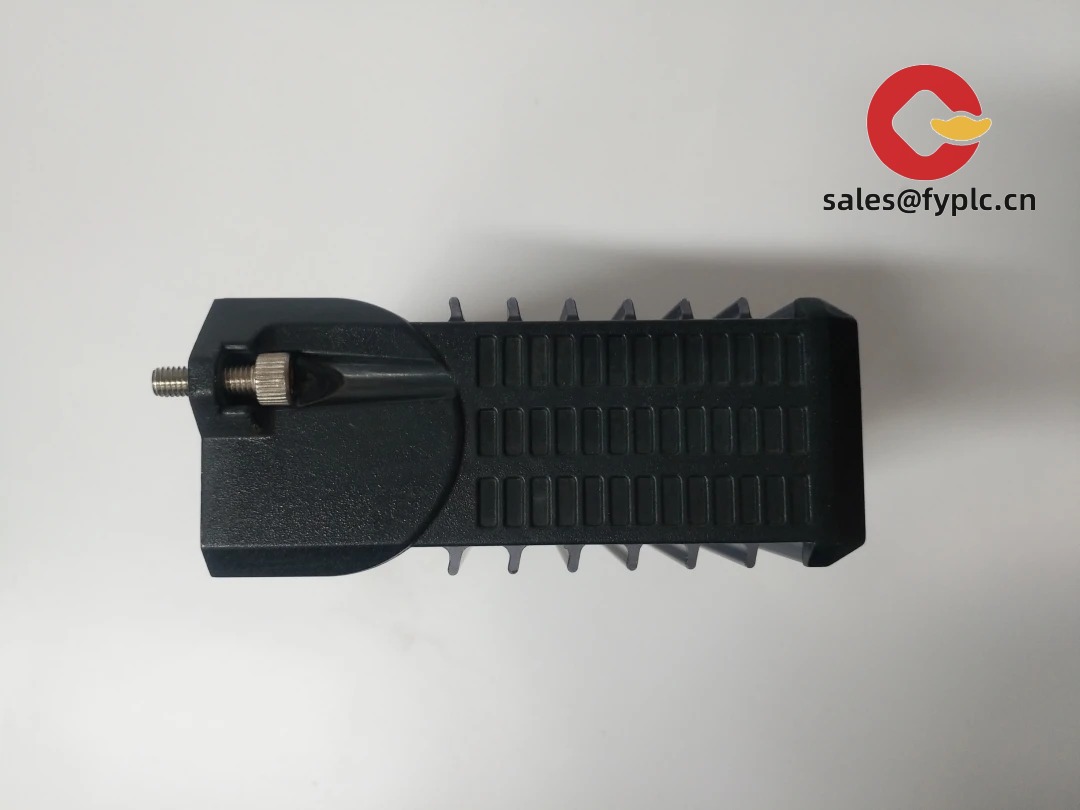


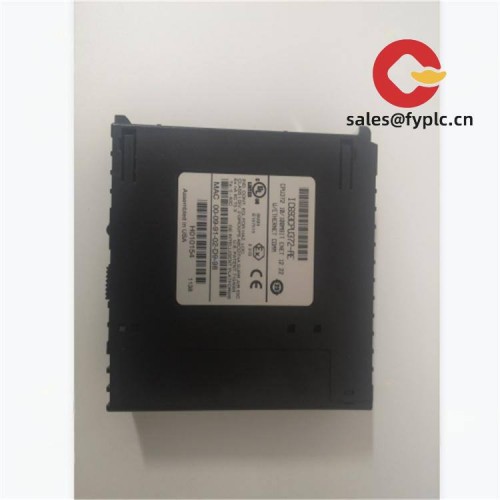
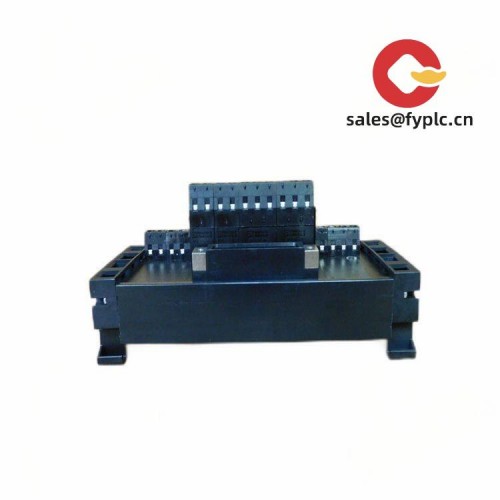
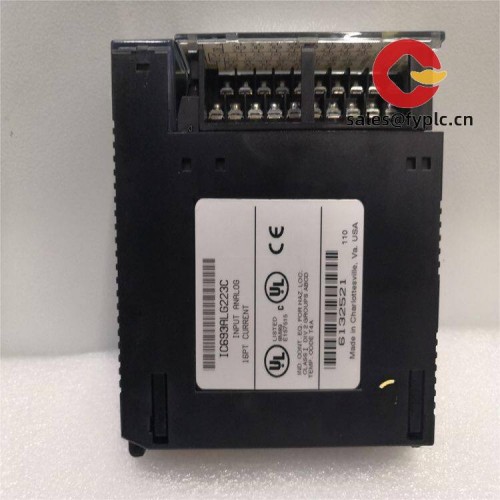


Reviews
There are no reviews yet.